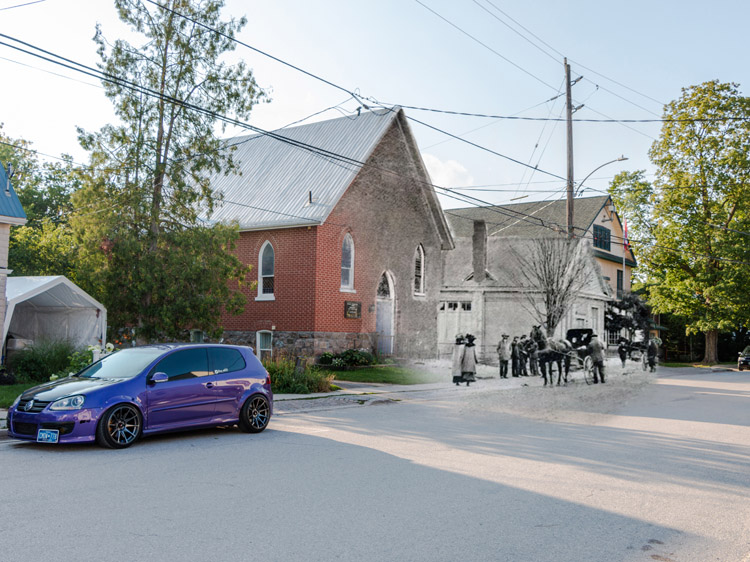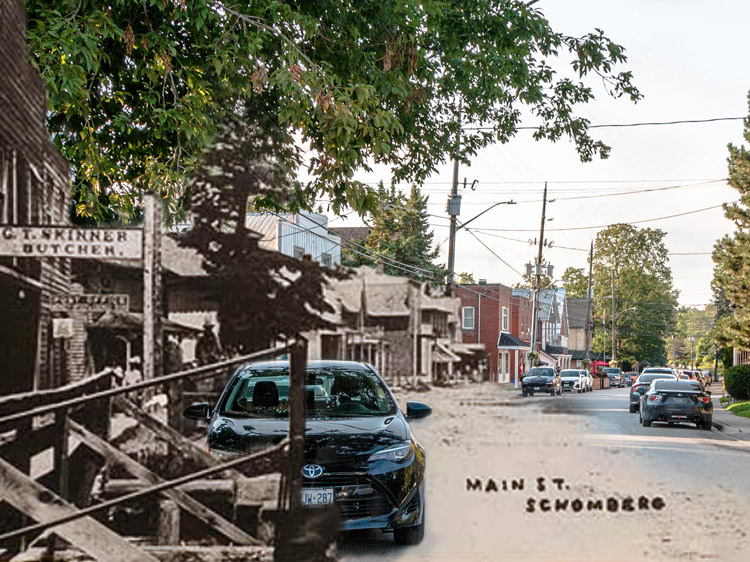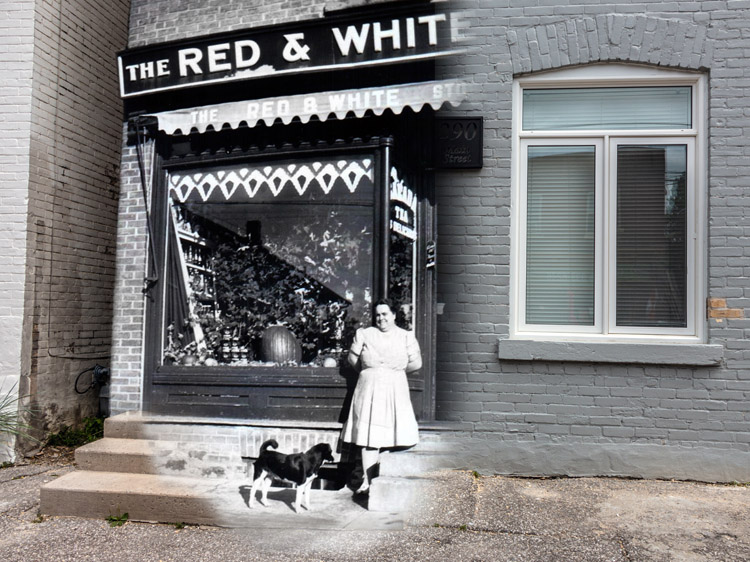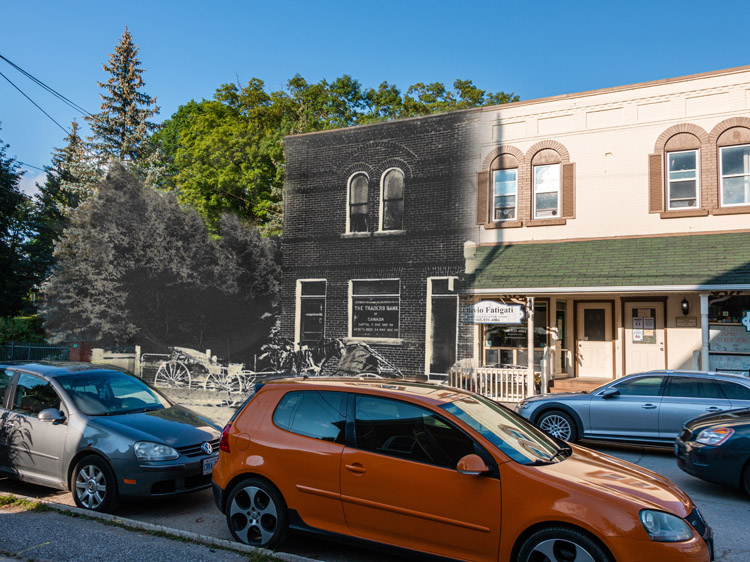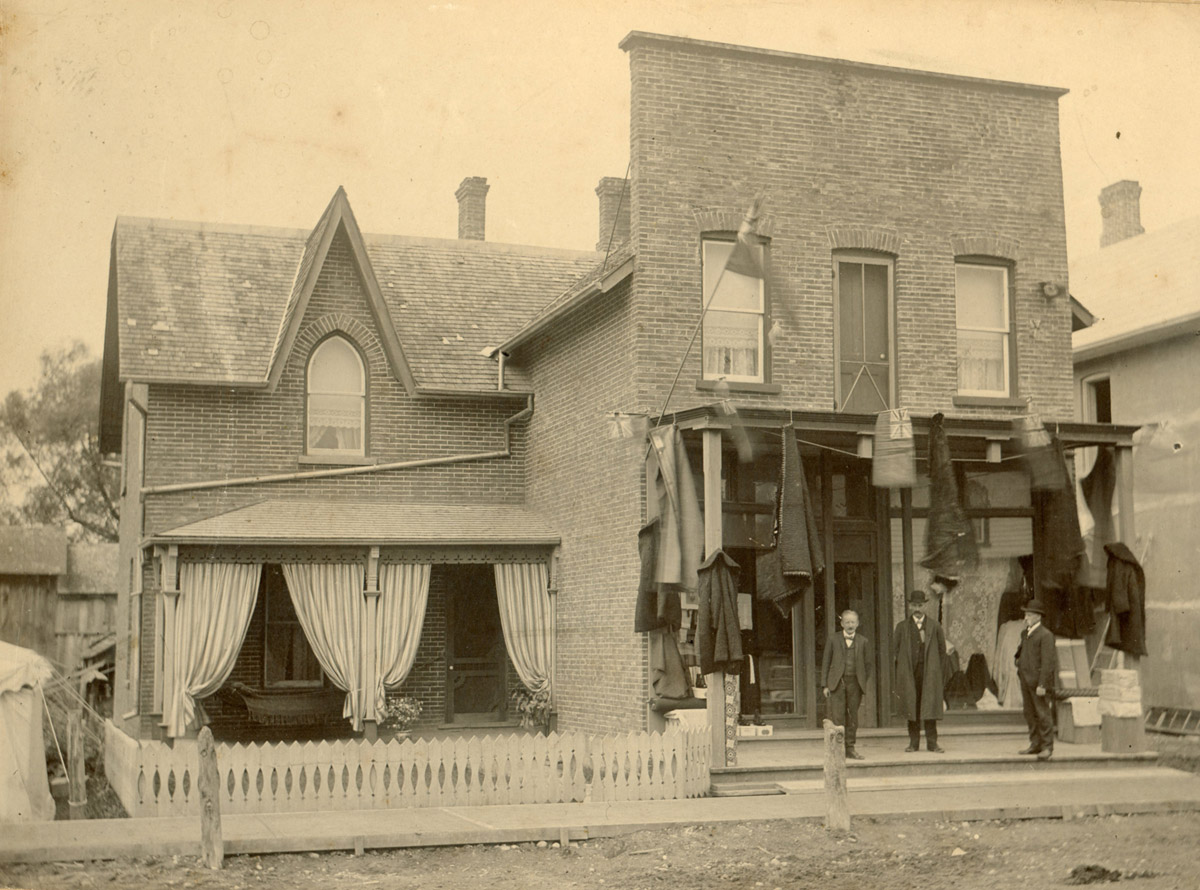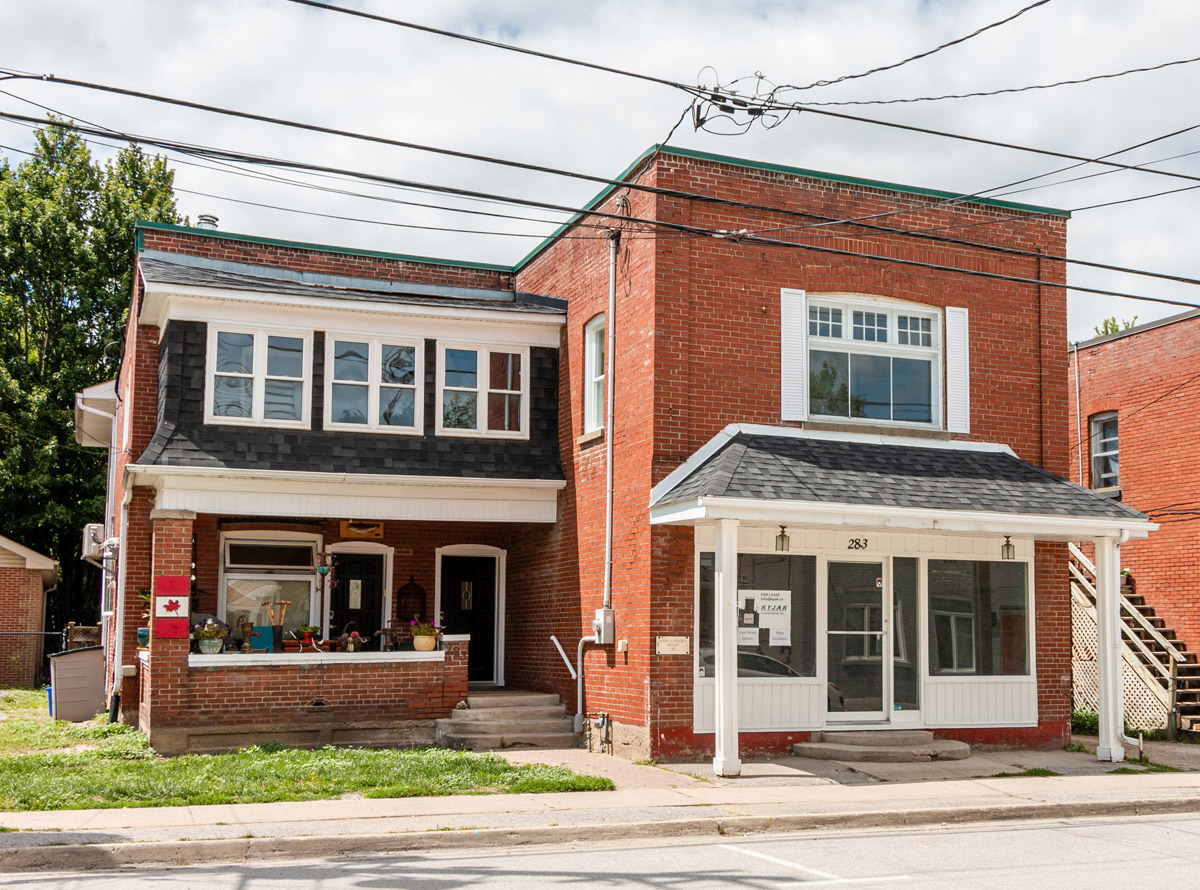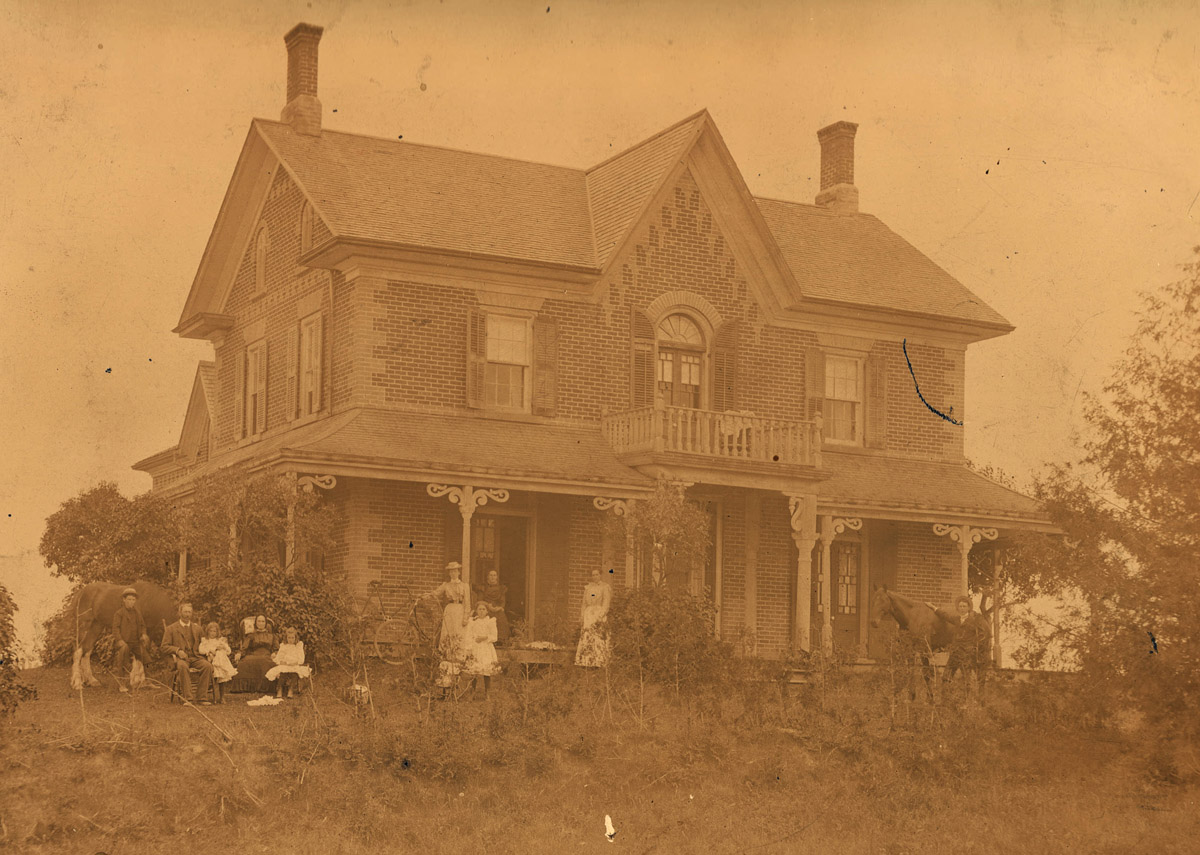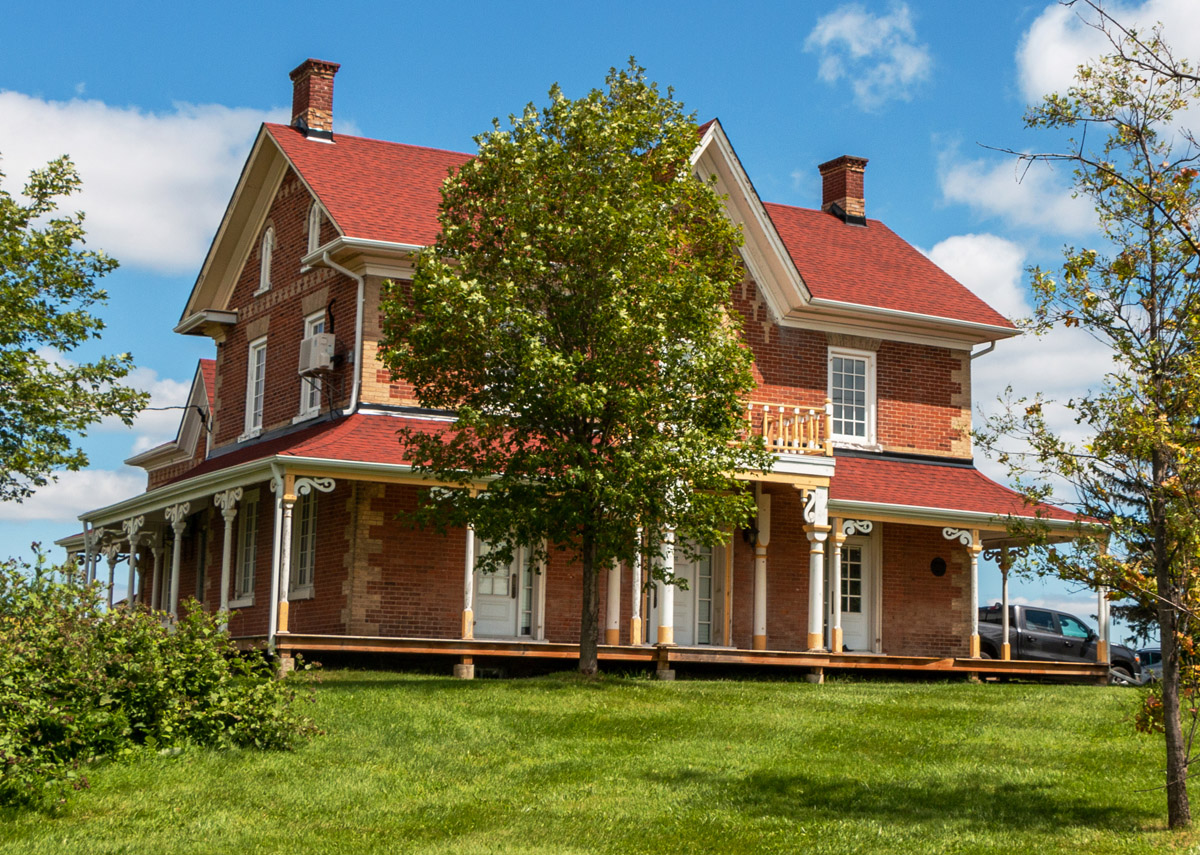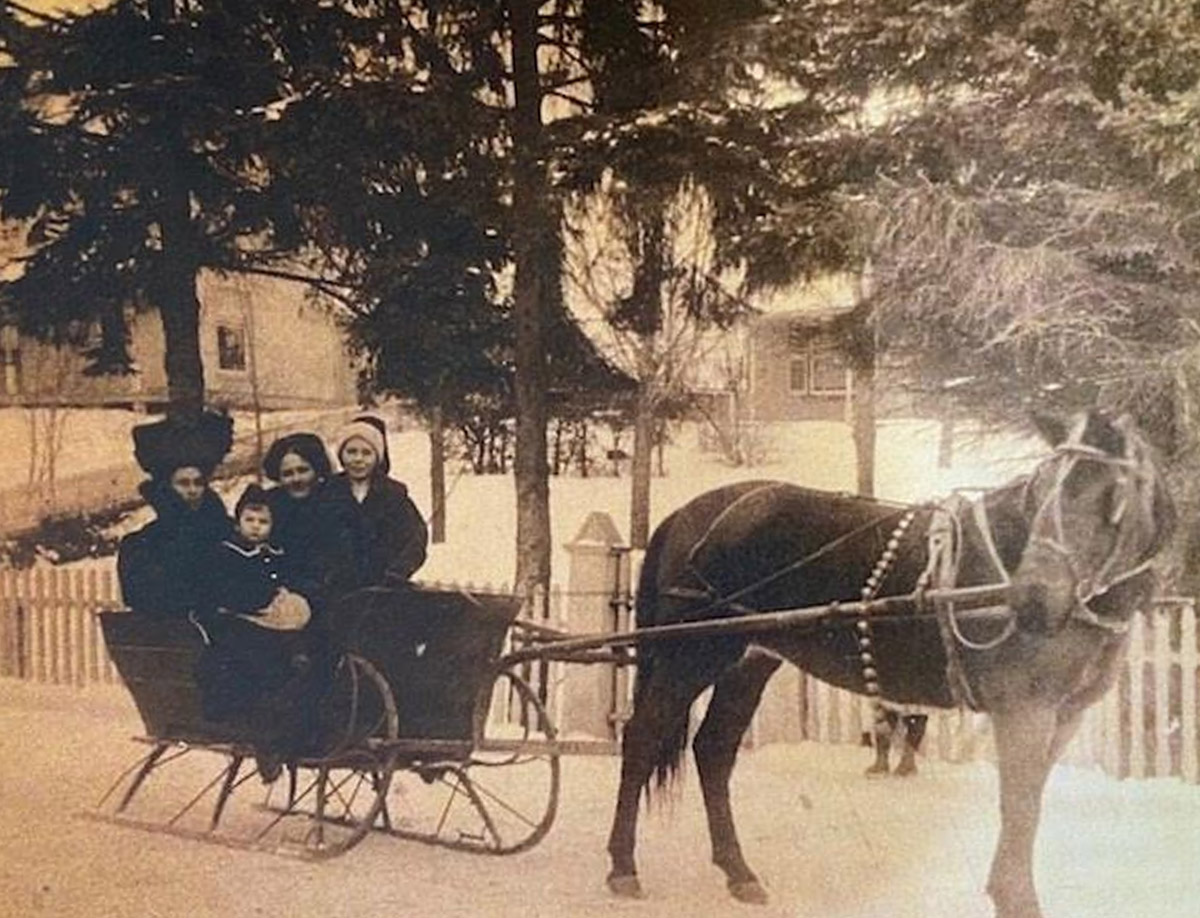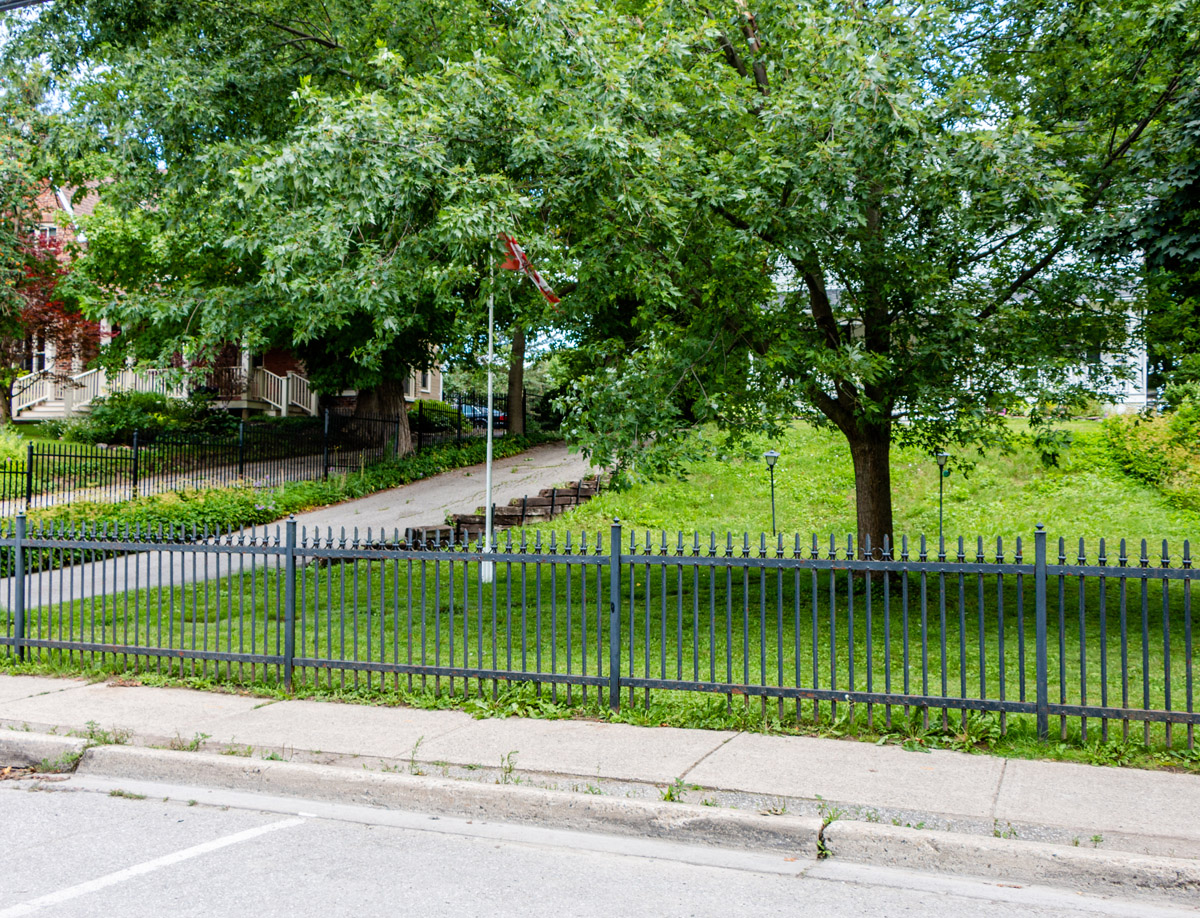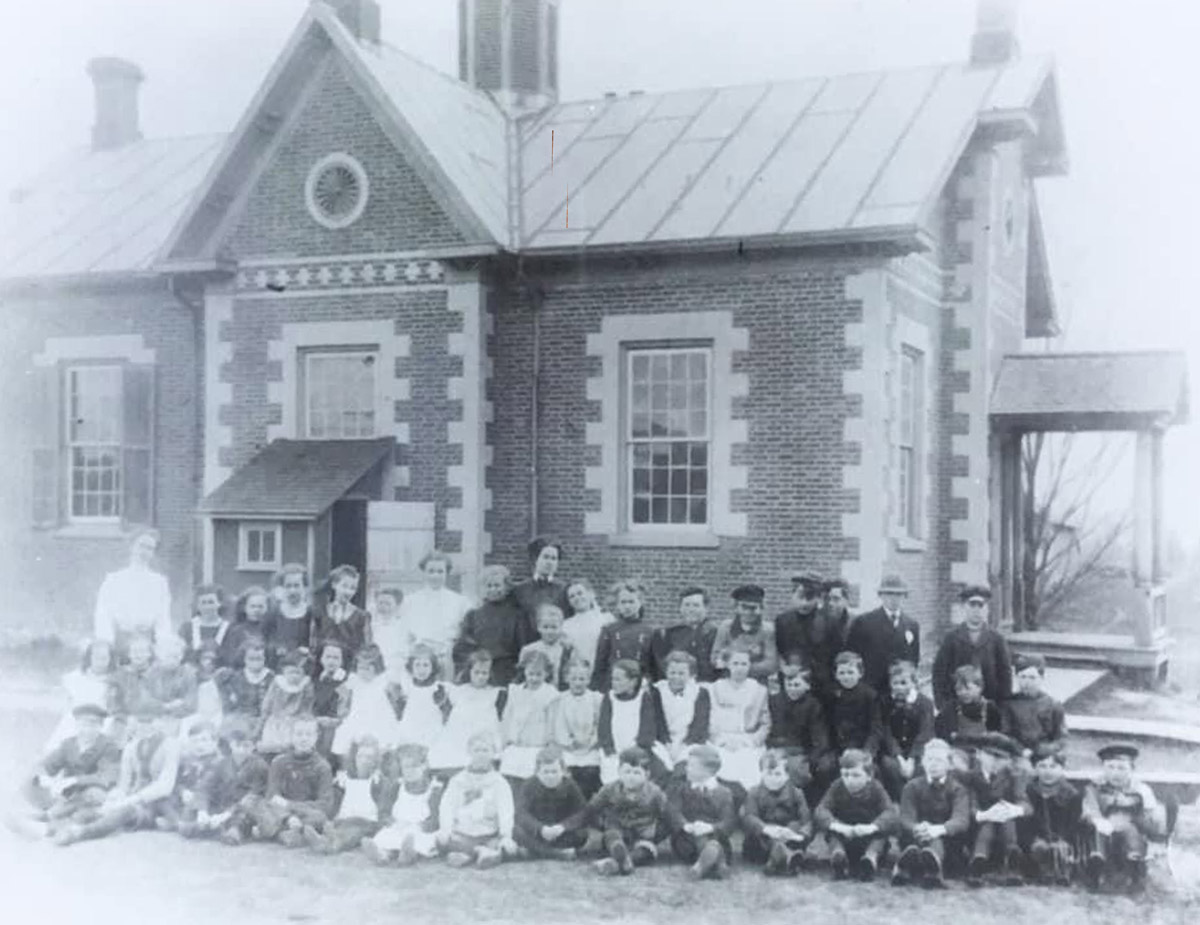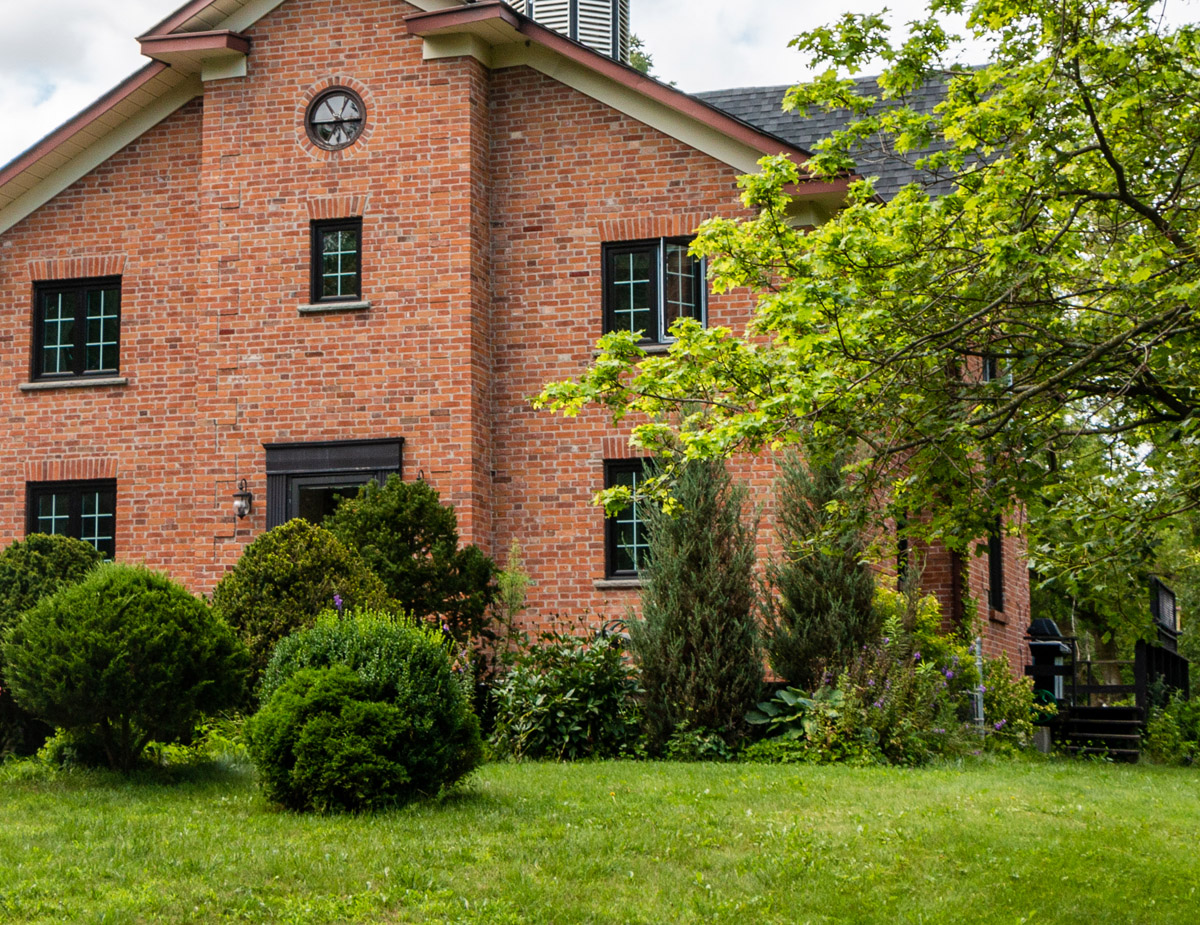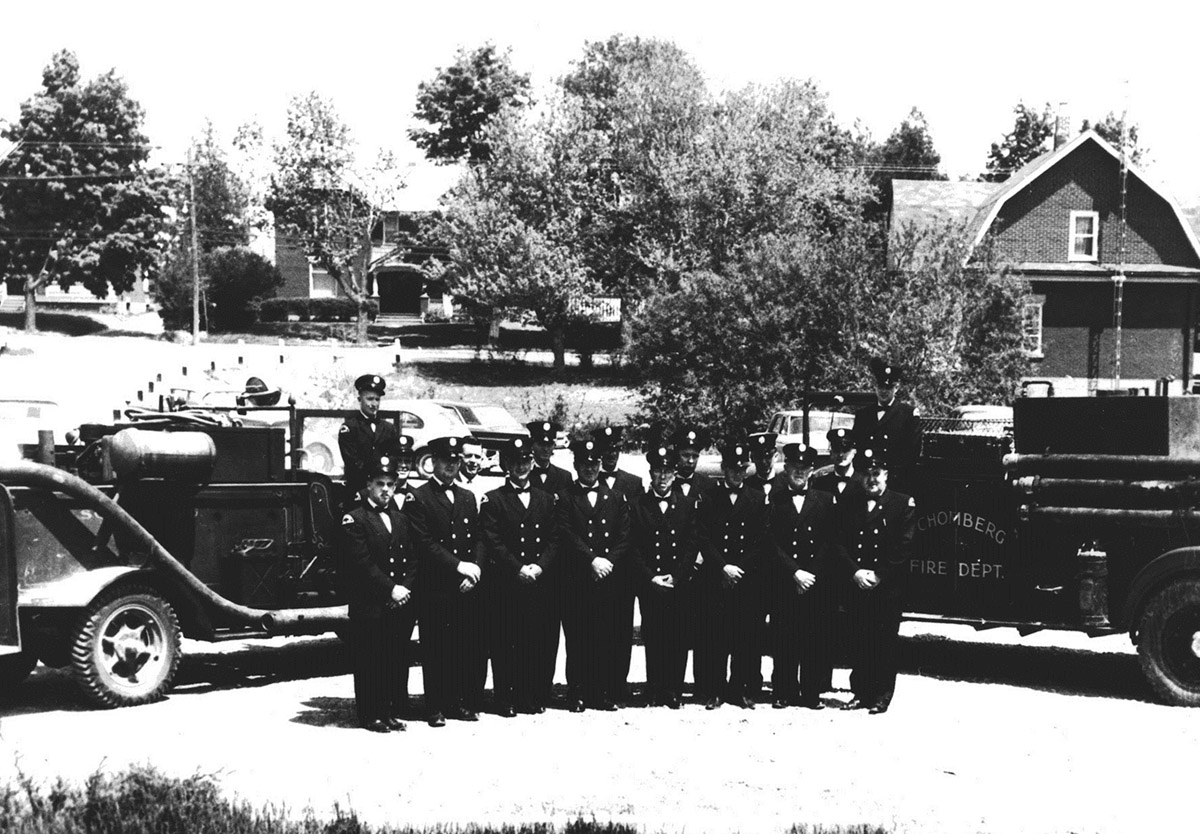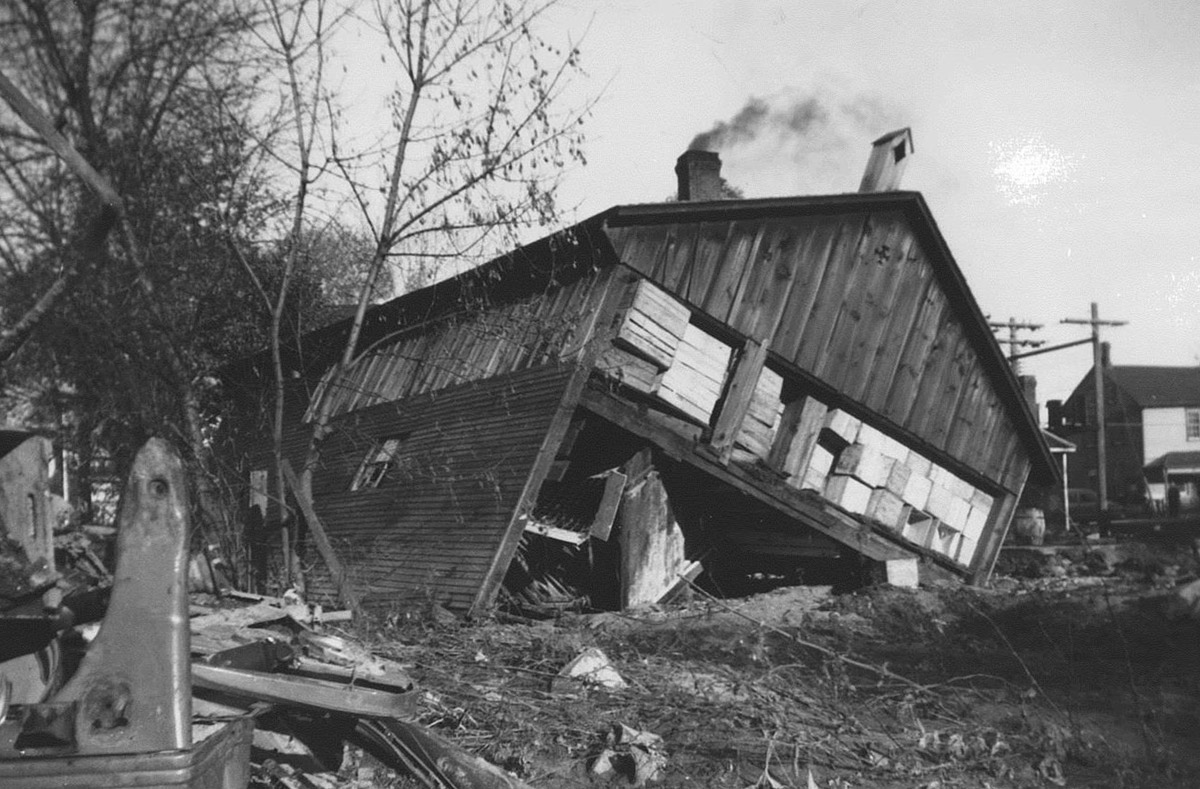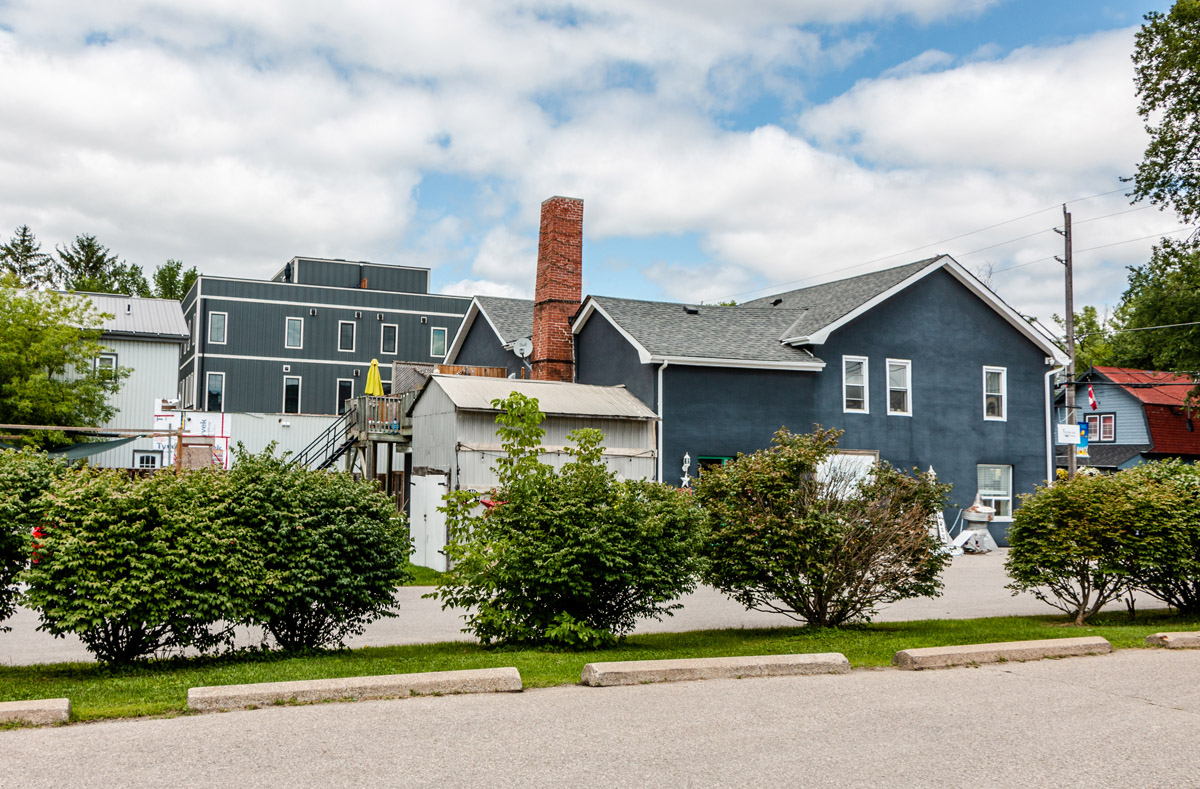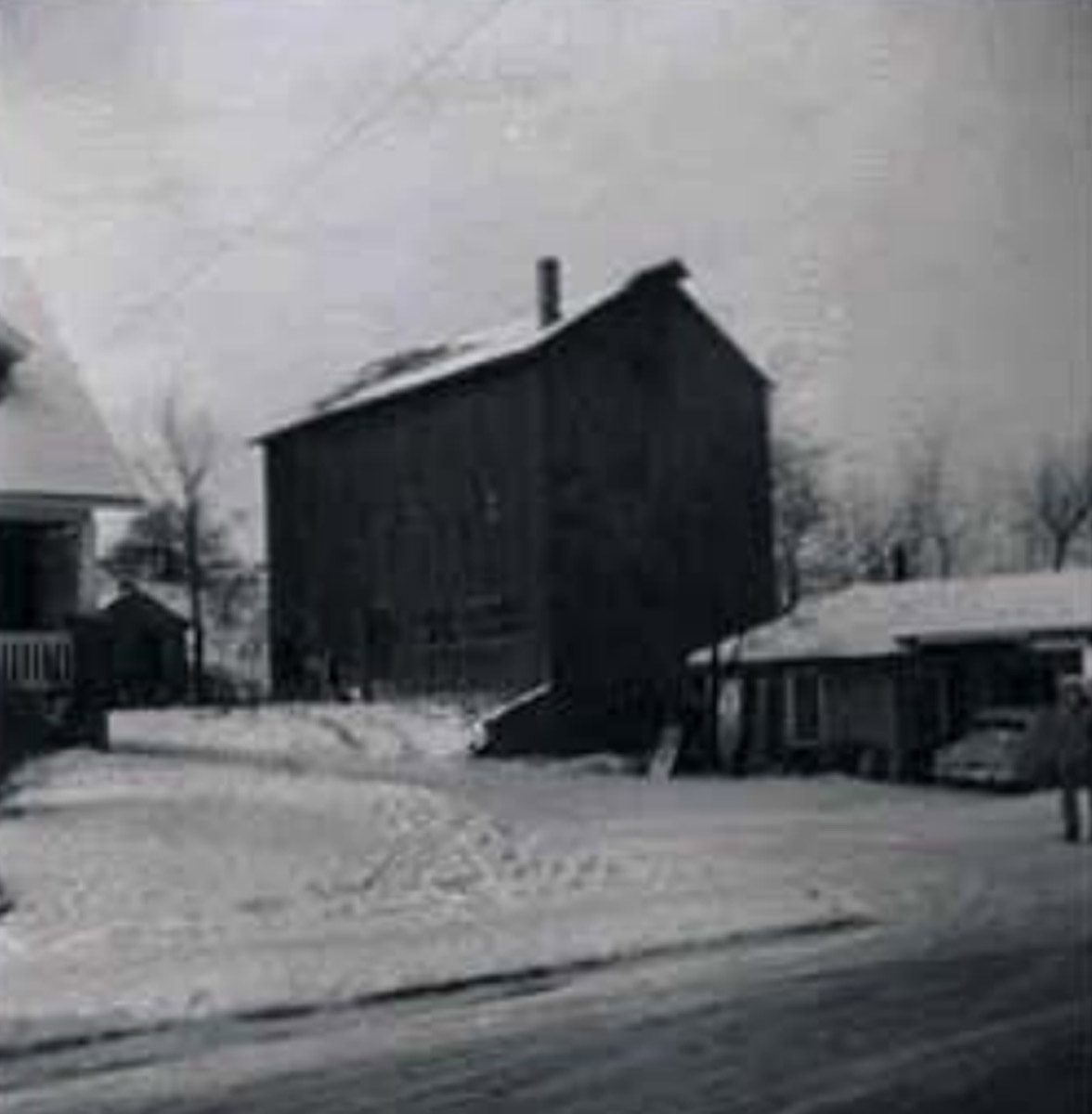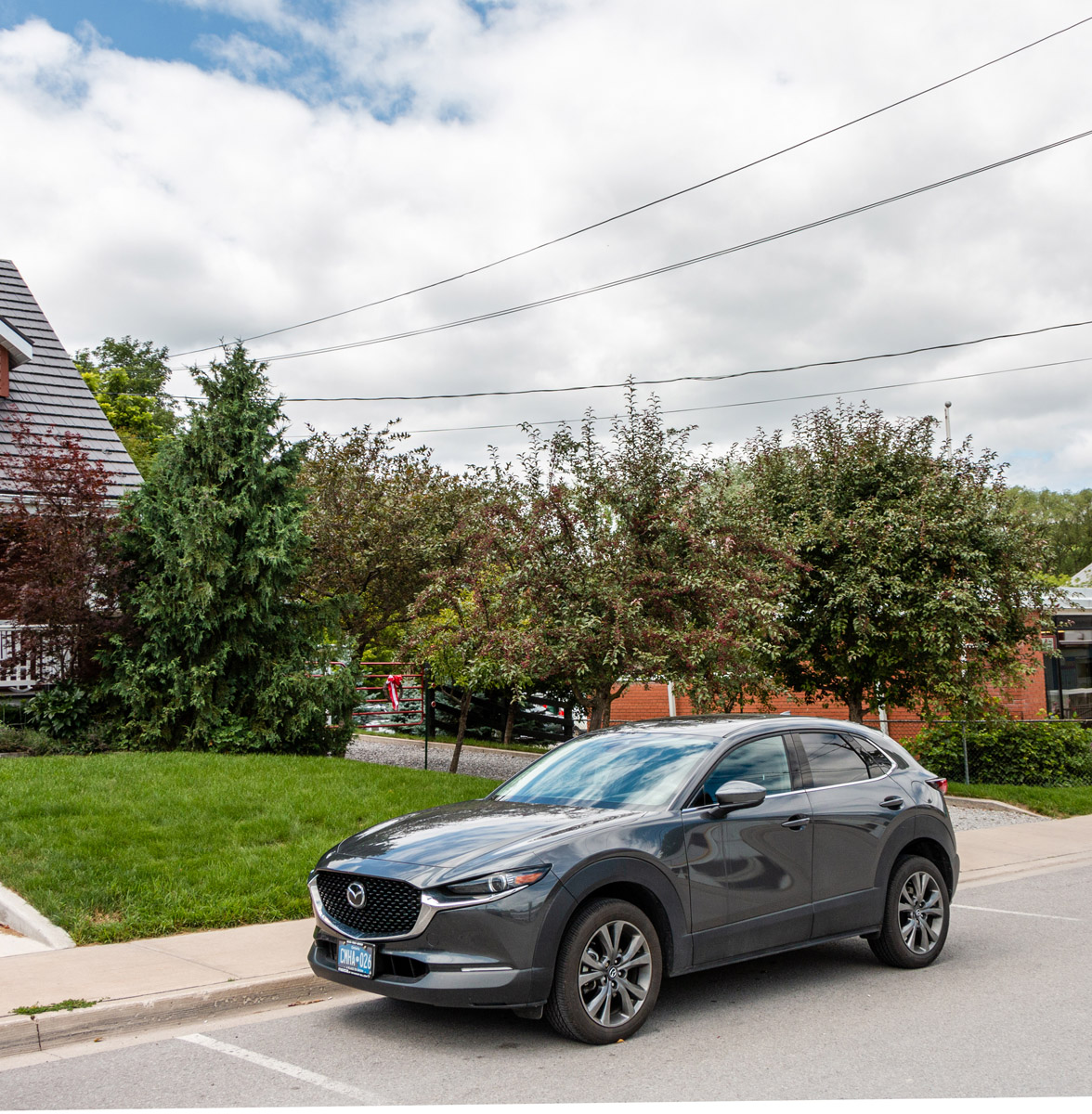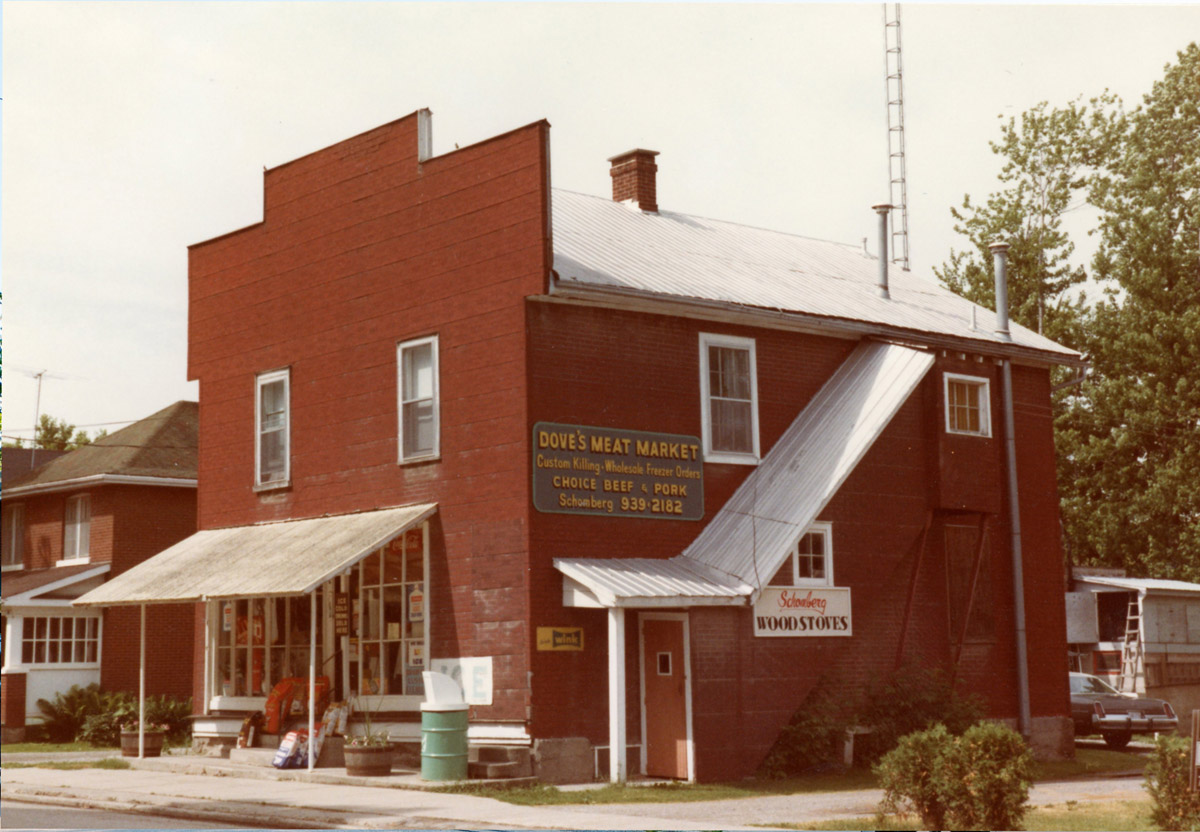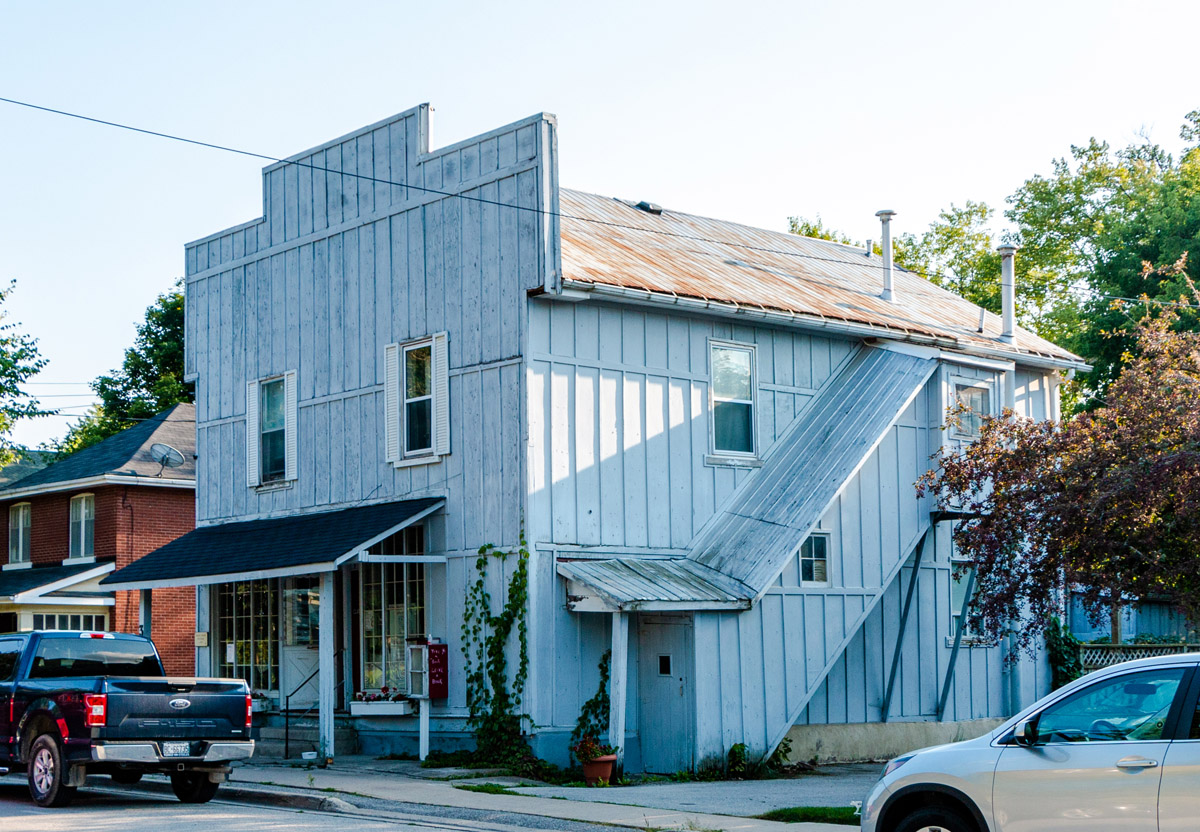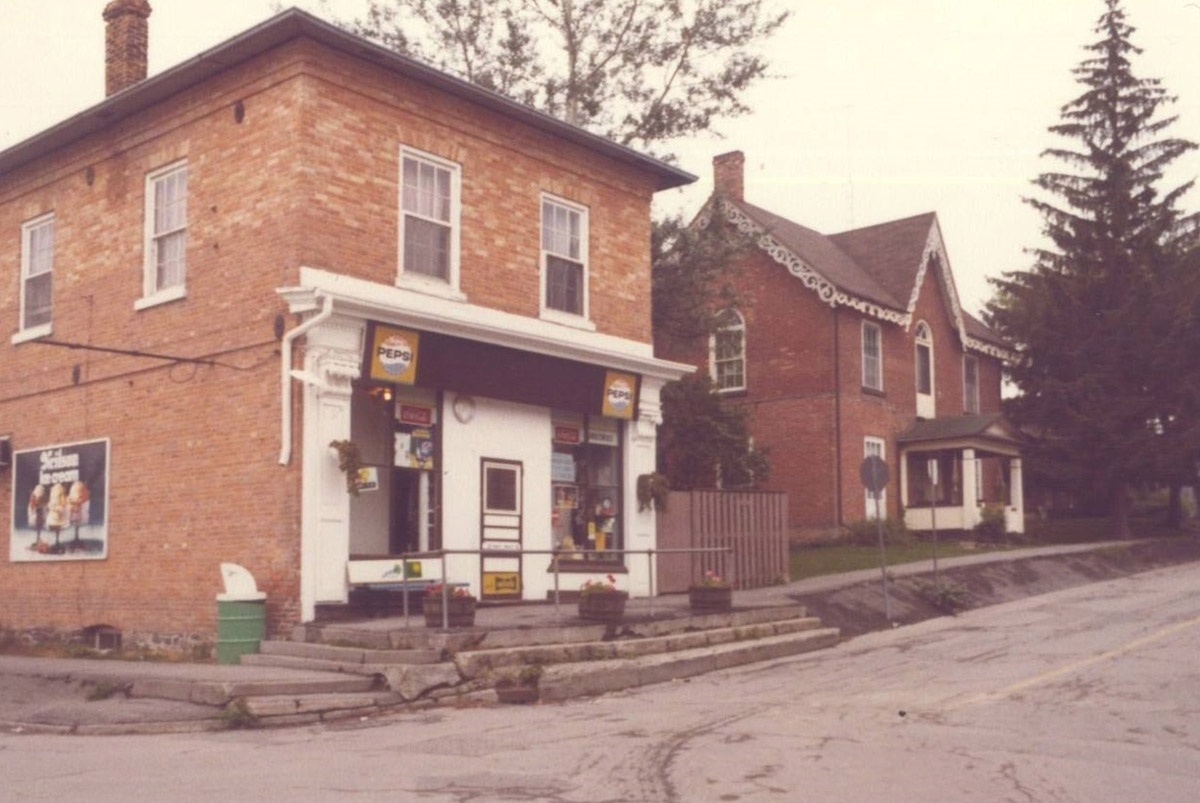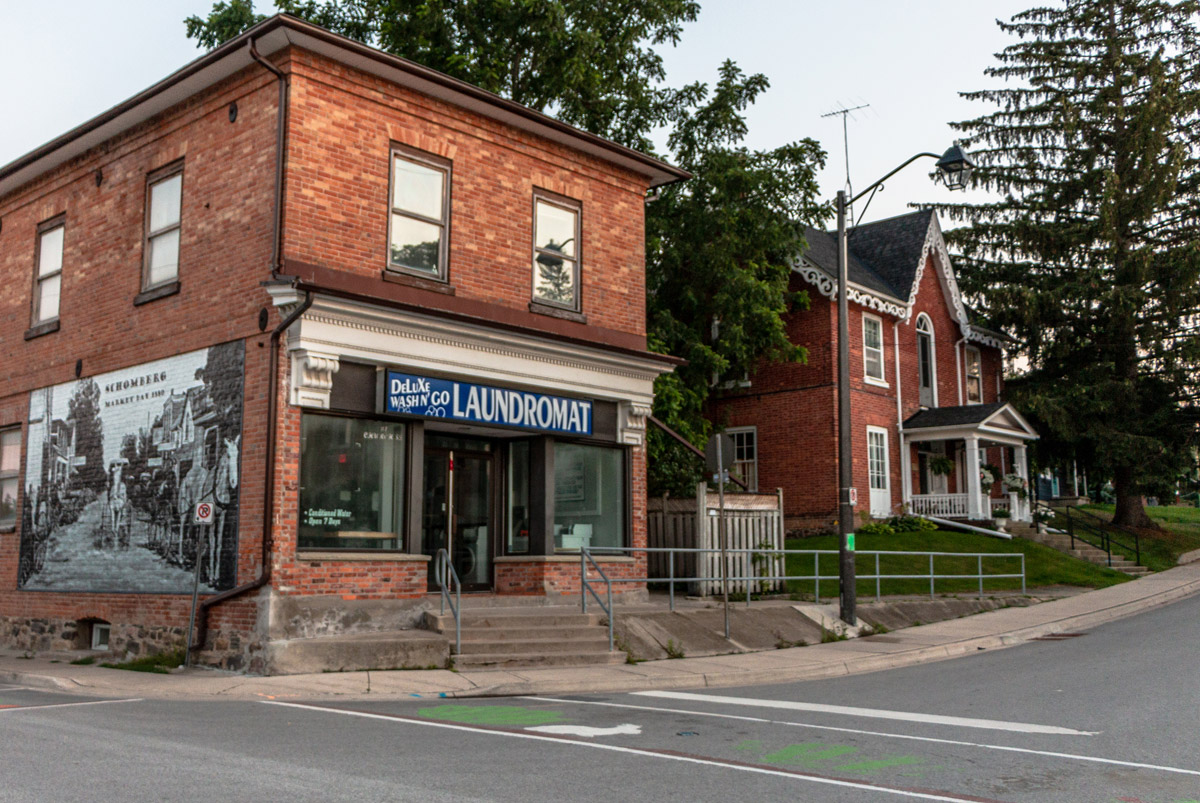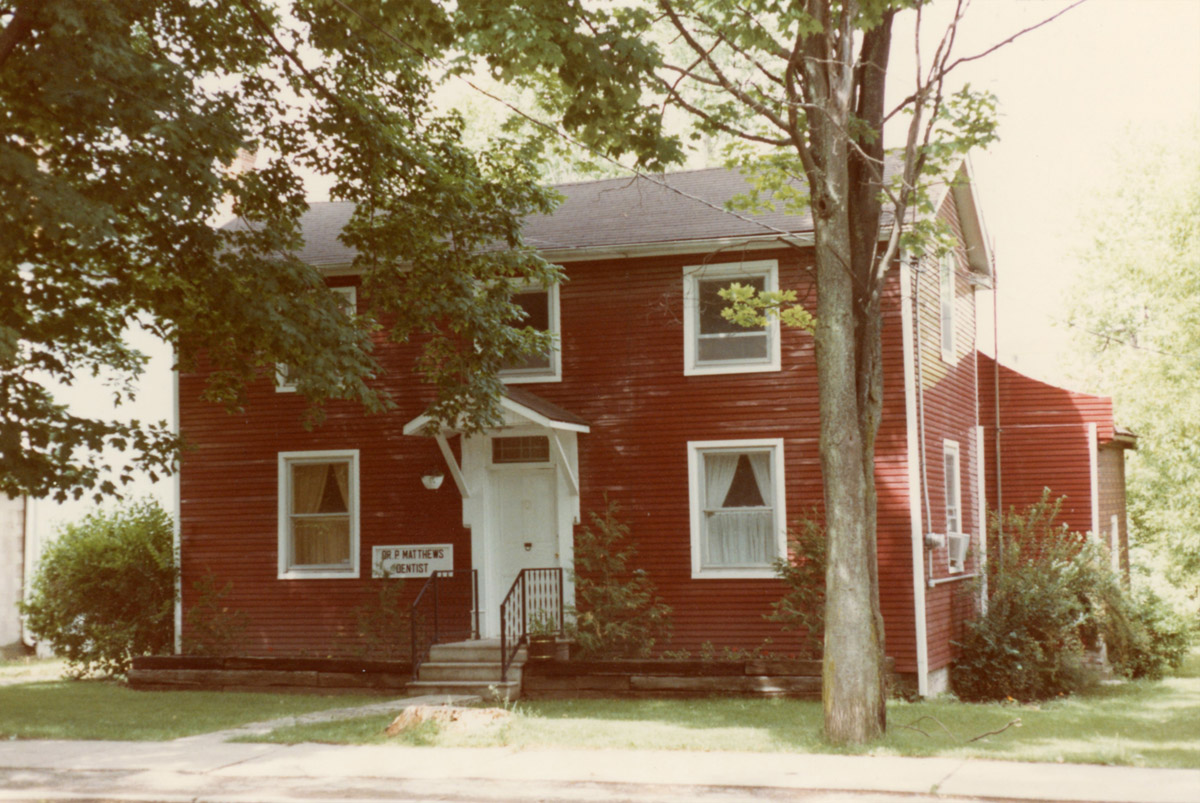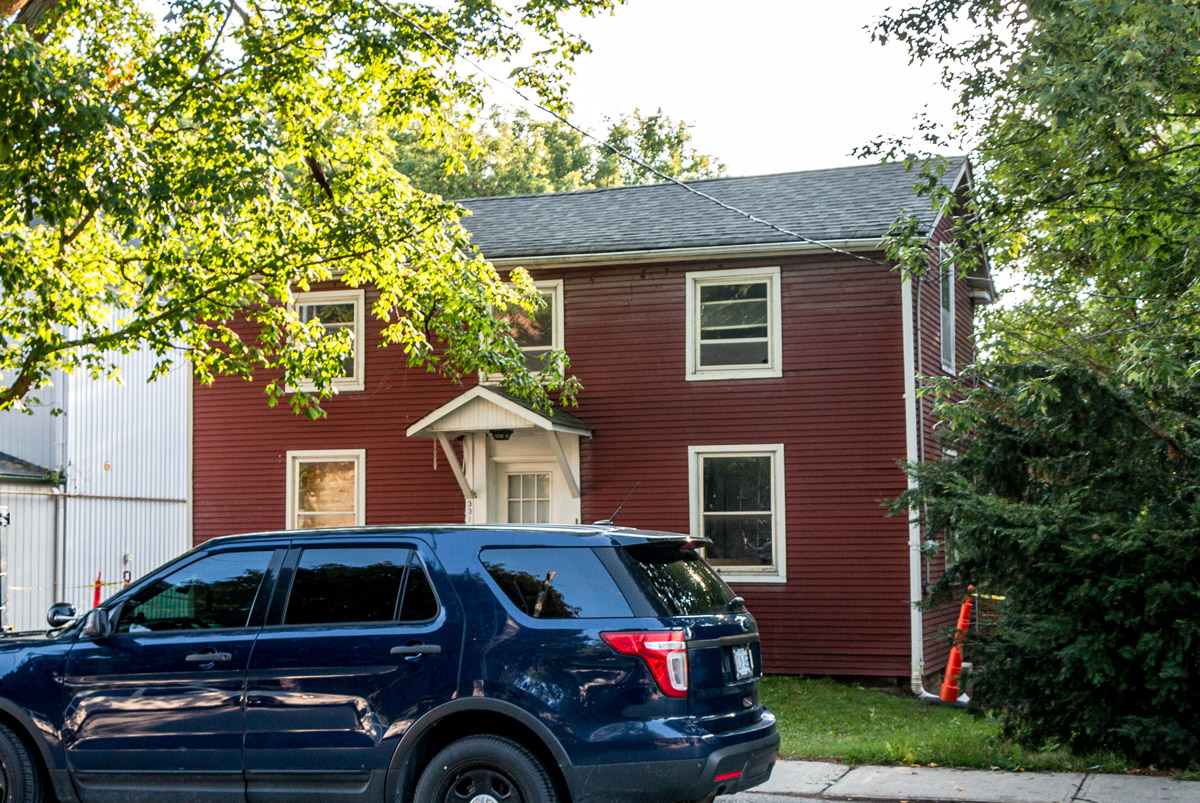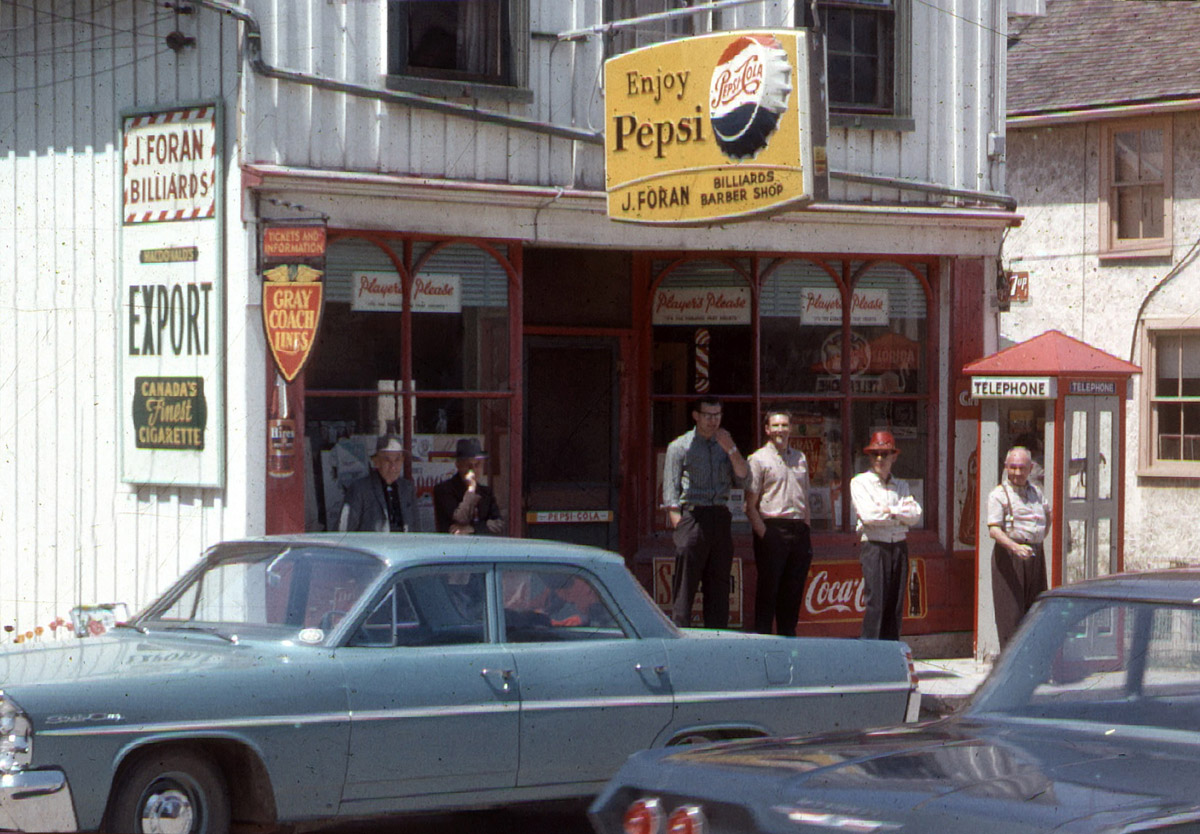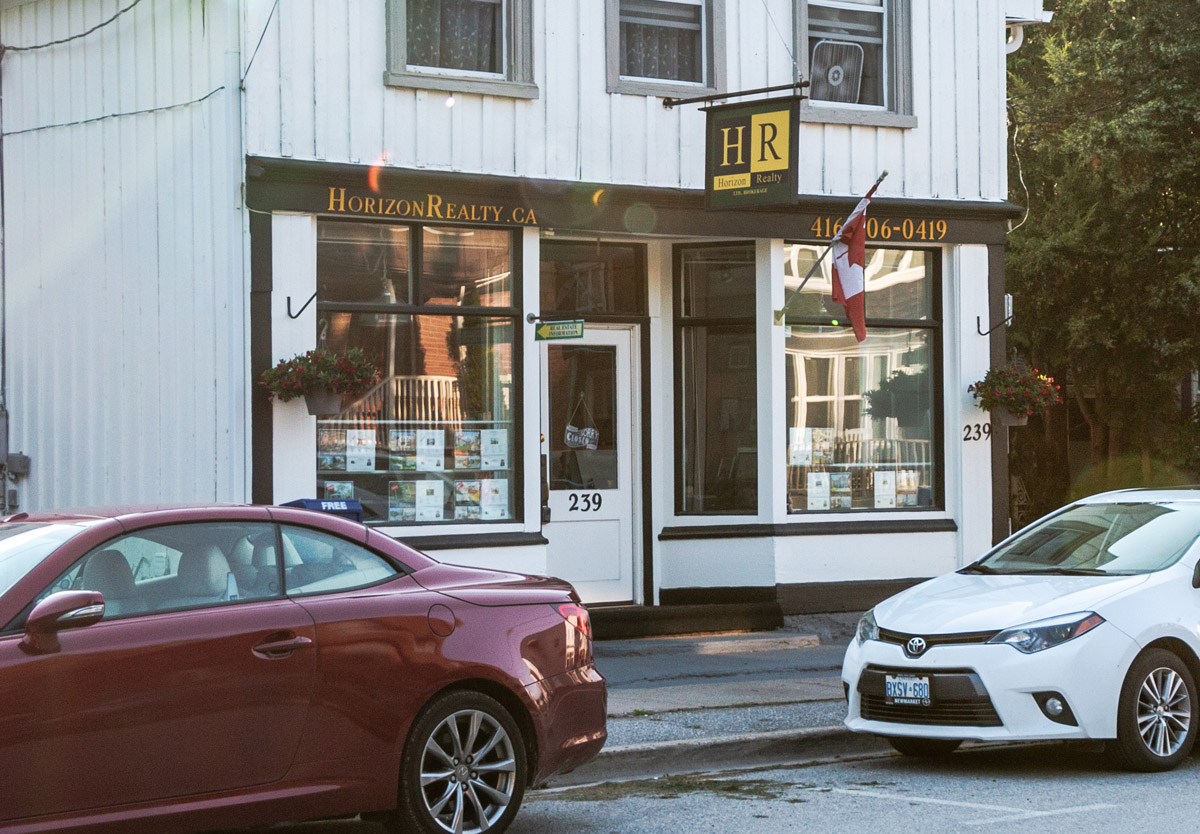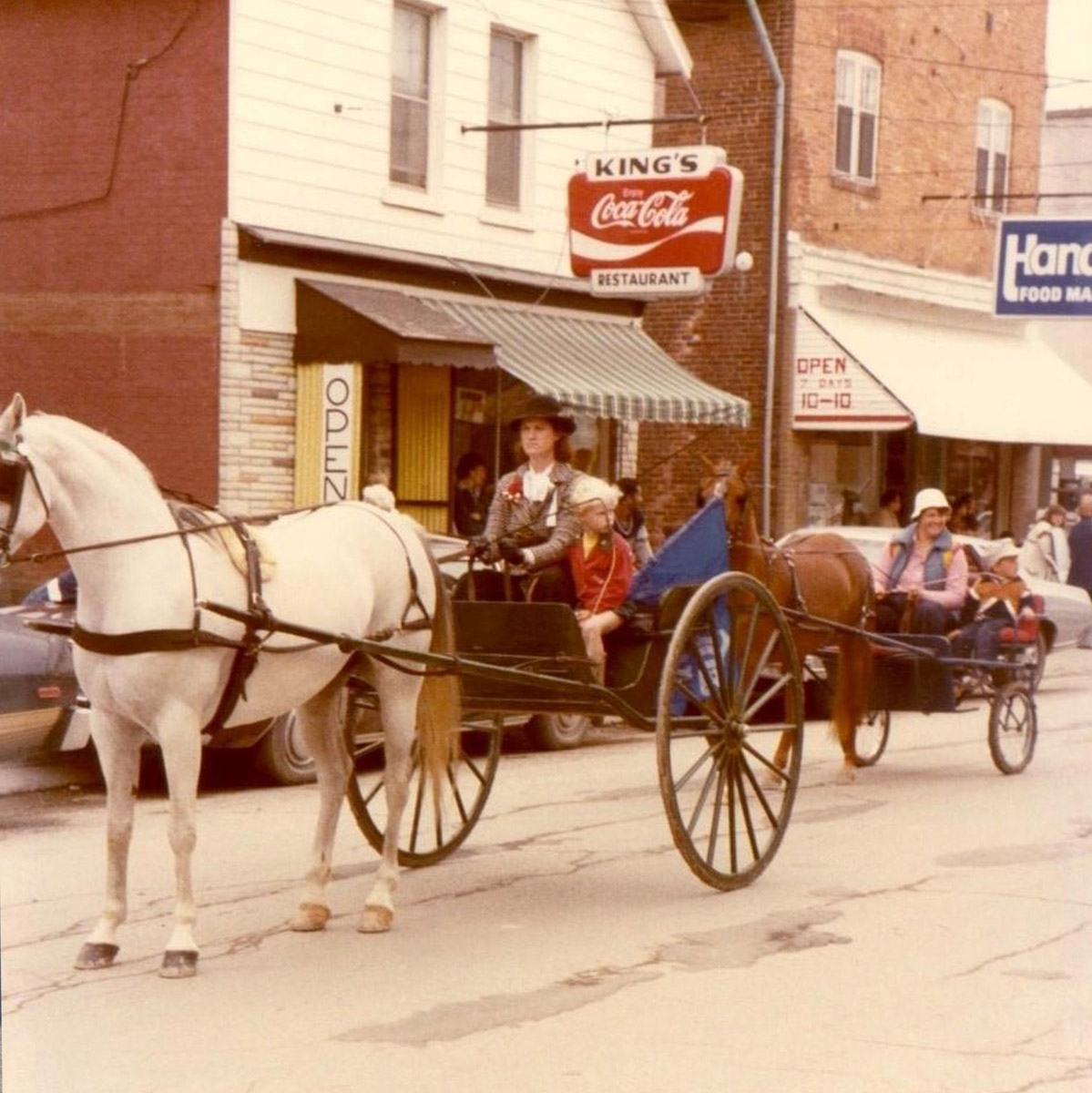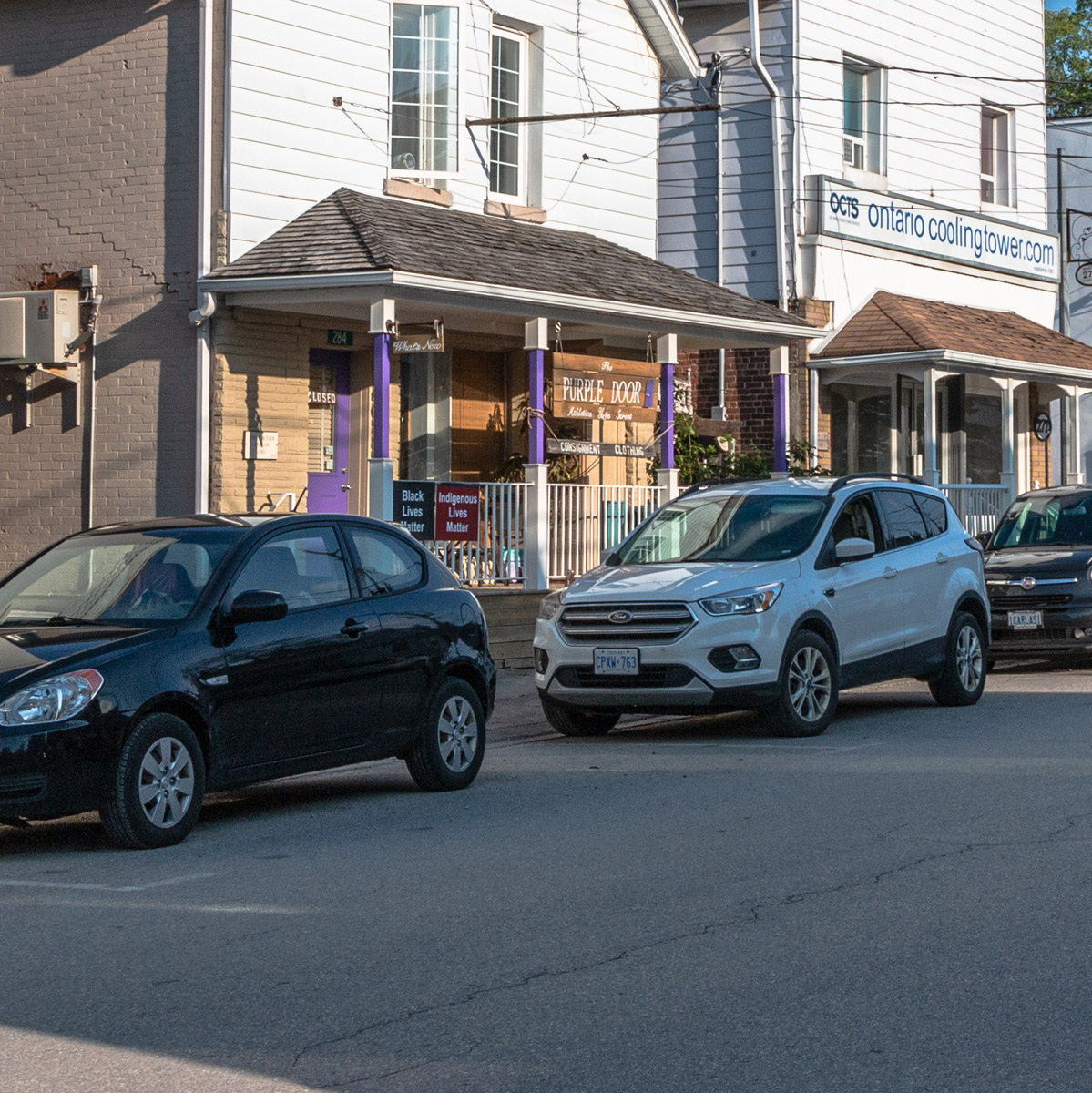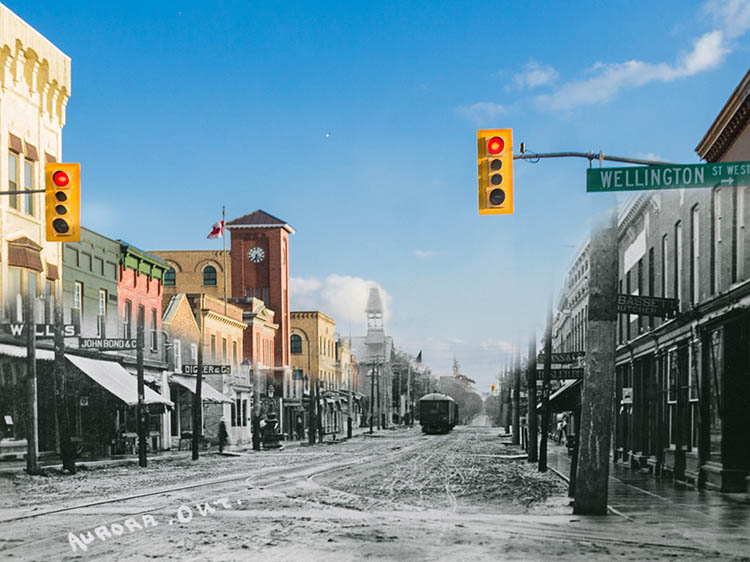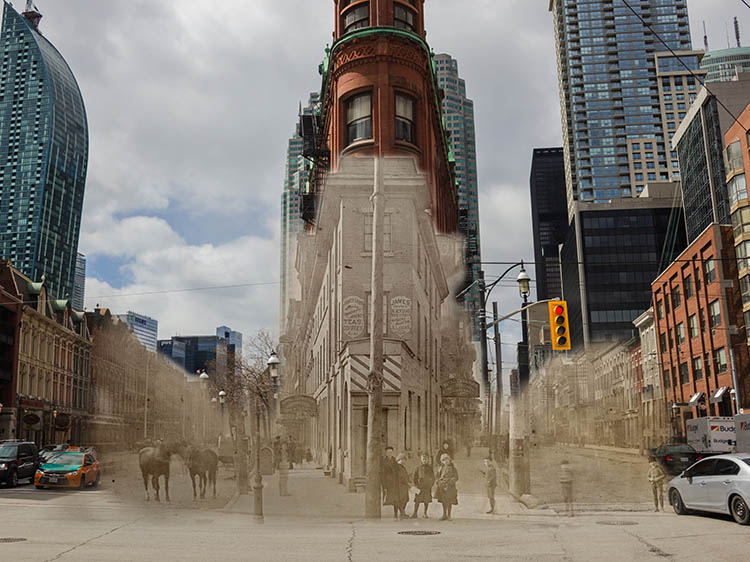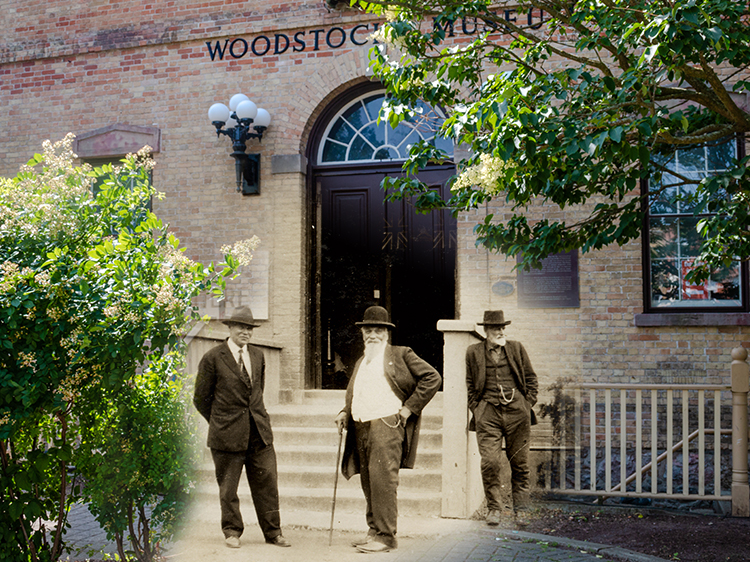Partner City
King Township
A Place to Call Home
Home to Indigenous peoples for thousands of years, lands in this area were included in The Toronto Purchase of 1787. This agreement between the Crown and the Mississauga of Credit First Nation exchanged an unspecified area between the Don River and the Humber River for 10 shillings ($27) and various trade goods. The Mississauga of Credit believed this agreement was one of shared land use, while the Crown viewed it as an outright purchase. In 1805, the Crown revisited the agreement but changed the terms to include more land, including much of Vaughan and King. Following The Toronto Purchase, King Township was surveyed twice, once in 1800 and then again in 1850. Dozens of small communities were established as settlers were drawn to the rich agricultural lands of the Township. Some of these hamlets, like Strange and New Scotland, have faded into history, but larger communities like Schomberg have flourished. Now known as the largest township in York Region with the smallest population, King Township has busy villages, recreational areas, and picturesque landscapes. It has much to offer and many areas to explore.
This project is possible through the generous support of the Township of King and is funded by Digital Main Street/FutureProof Lab.
We respectfully acknowledge that for thousands of years this has been the traditional land of the Huron-Wendat, Haudenosaunee, Petun, Anishnaabeg, and the Mississaugas of the Credit First Nations. This land is governed by the Dish With One Spoon covenant between the Haudenosaunee Confederacy and the Confederacy of Ojibway and Allied Nations.
Tours
Explore
King Township
Then and Now Photos
Brydon's Drygoods Shop
ca. 1890s to 1900s
This building at #283 Main Street has housed many different businesses throughout its history. What began as a dry goods store owned by Jonathan Brydon later became a pharmacy.
By the mid-20th century, the store was owned by the Cook family and sold school supplies, among other things. Historian Bill Foran recalled that “on the first day of school, Cook’s was the only place that sold both school text books and supplies like pencils and erasers, you didn’t go to Walmart or anything like that – there used to be a great flood [of students] down here, they even had to hire extra staff for the first day of school”.
Sproule Homestead
King Heritage & Cultural Centre
ca. 1890s
In 1803, this lot was purchased by William J. Sproule, and by 1865, he had built a two-storey, mid-Victorian red and yellow brick house with elements of Georgian, Gothic Revival, and Ontario Vernacular styles.
Generations of Sproules lived here, and in 1993, the building was designated as a heritage home.
Dashing Through the Snow
King Heritage & Cultural Centre
ca. 1900s
Taken outside of 326 and 332 Main Street in Schomberg, this photo shows a merry winter scene. At the time, #326 was home to Miss Emmeline Attridge (1876-1969), the woman in the large hat in this photo. The identity of her companions is not known.
Originally constructed in the 1850s by the Tegart family, the home is an excellent example of Ontario Gothic Revival. This style uses European Gothic details such as scalloping and lancet windows (tall, narrow windows that end in a peak at the top, often seen in church architecture).
Lloydtown School
ca. 1900s
The first school in Lloydtown was a log building located at the top of the hill at the south end of the village near what was originally known as Lloyd’s cemetery. An exact date for the founding of the school is unknown, but written records date back to 1850.
In 1863, a new school was built in the northern part of the village, and in 1866, the Directory Record of the City of Toronto noted, “Lloydtown Village contains the best built school house outside of Toronto, in the County of York, with an average attendance of 120 pupils”.
In 1964, a second classroom was added, but by 1966 the school closed. It was used in 1967 by York Region students for Centennial history celebrations and has been a private residence since 1968.
Schomberg Fire Brigade
King Heritage & Cultural Centre
ca. 1940s
Fire is the enemy of wooden buildings, and across rural Ontario, volunteer fire brigades have been critical to their survival for many generations.
Throughout the 20th century, advances in technology saw firefighting equipment evolve from wooden wagons to new trucks and more advanced communication systems.
Some may recall the 1960s, when there was an alarm mounted on a pole in the middle of town. When it sounded, the volunteer firefighters dropped everything and ran. In those early days, they didn’t have a pumper truck, so the crews had to source water on site in order to fight the fire.
Hazel Strikes Again
King Heritage & Cultural Centre
1954
Another casualty of Hurricane Hazel, this wooden storage barn once stood behind the Creamery building. One of the worst storms to ever hit southern Ontario, Hurricane Hazel rampaged through Schomberg in 1954.
The Grist Mill
King Heritage & Cultural Centre
1958
In 1836, Thomas Brown (born in 1810), eldest of the four Brown brothers, built the community’s first grist mill on this land just west of Main Street. The mill served as a nucleus around which the community grew and prospered. Throughout the decades, it had many owners and was eventually torn down in 1960.
“It is not known exactly when [the mill] first changed hands, but it was sold by Mr. Brown to Levi Dennis and subsequently operated by his son William Dennis in whose time the dam broke and the water that supplied power all through the years failed. Mr. Dennis then built the north addition to the mill and installed the engines that created steam power – these were tended for many years by Tony Stogdill of Lloydtown. Mr. Alex Ferguson bought the mill from Levi Dennis and operated it until 1925, when he sold it to Mr. Rolph Davis, who sold it a year later to his nephew, Mr. G. Edwards.
Of course, the latter owners did not make flour, (such companies as Olgivies and Maple Leaf Milling Company were specialists in that industry) but they operated a chopping mill for farm feed until its doors were finally closed and its windows boarded up forever by Mr. Edwards - and another chapter in Pioneer history was closed.” Schomberg Tweedsmuir History
Dove's Meat Market
King Heritage & Cultural Centre
ca. 1970s
Originally opened in 1905 as a butcher by Adam J. Smart, this building was all about meat for many years. From the 1920s onwards, three generations of the Dove family took over the butchering business and lived above the building. There was also a slaughterhouse around the back.
Church & Main
1979
The intersection of Main Street and Church Street is a busy part of Schomberg.
The commercial building on the southwest corner is now a laundrette but has a long history housing various businesses: Brown’s bakery, numerous grocery stores, and, more recently, a restaurant. Some may recall buying penny candy at Muxlow’s, Freeman’s, or McKinnon’s, going to the dentist upstairs, or catching the Greyhound Bus to Toronto out front. In addition to groceries, Mrs. Freeman ran a tiny clothing store in the back where she sold clothing that was hand-selected from the garment district in Toronto.
On the exterior east wall, a mural painted by Schomberg photographer and artist Tom Wray harkens back to a Schomberg of an earlier era. Have a look and you’ll be transported back in time to Market Day long ago.
The Victorian home to the west at number 7 Church Street was owned by the Brown Family. Garrett Brown (1818-1896), one of the four brothers for whom Brownsville was named, started a private bank in the east wing of this house. Customers entered off the side verandah and conducted business in the single-storey room located there (this entrance has since been covered over).
The house, built circa 1871, is a fine example of Ontario Vernacular architecture (meaning it was constructed using local materials and influenced by local styles) and was quite grand for its time. Garrett married Susannah Eliza Mary Dennis in 1841, and they raised a family of seven children.
Garrett Brown was a shrewd businessman, borrowing money to invest and lending it out at high interest rates. He accumulated a lot of land by foreclosure, and it was said that he could walk all the way from Schomberg to Tottenham on his own property.
Born at Brie Cottage
ca. 1970s
Built in the 19th century, this former residence at 331 Main was Dr. Matthew’s dental office, located here for over 30 years. It also served as a maternity home for many years in the early and mid-20th century.
The Lister family home, known as Brie Cottage, was run as a maternity and nursing home by Mrs. Lister, who was an English nurse practitioner and midwife. Dr. Dillane and other doctors attended births at the home and also performed other small routine operations on site. Some long-time Schomberg residents relate that they were born in this building!
Billiards in the Back
ca. 1970s
A building which has housed many businesses throughout its history, 239 Main Street has been home to William Potter’s store, Sam Leatherland’s undertaker/furniture business, and, in 1915, a barbershop owned by Frank Foran.
The barbershop later became a father-and-son operation that in addition to haircuts was known for the billiard hall in the back of the building. Subsequent businesses included Nancy’s Flower Shop in the 1980s and more recently Horizon Realty.
Schomberg Loves a Parade
King Heritage & Cultural Centre
ca. 1970s
Schomberg is known for its small-town charm, and seasonal parades along Main Street add to this appeal. Crowds from across King Township and beyond gather to celebrate annual parades including the Agricultural Fair Parade, the Santa Claus Parade, and the evening Parade of Lights.
This image shows a glimpse of an agricultural parade in the 1980s with King’s Restaurant and Handy-Mart in the background.


